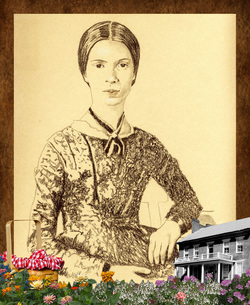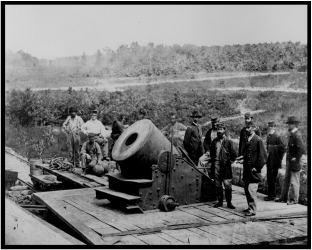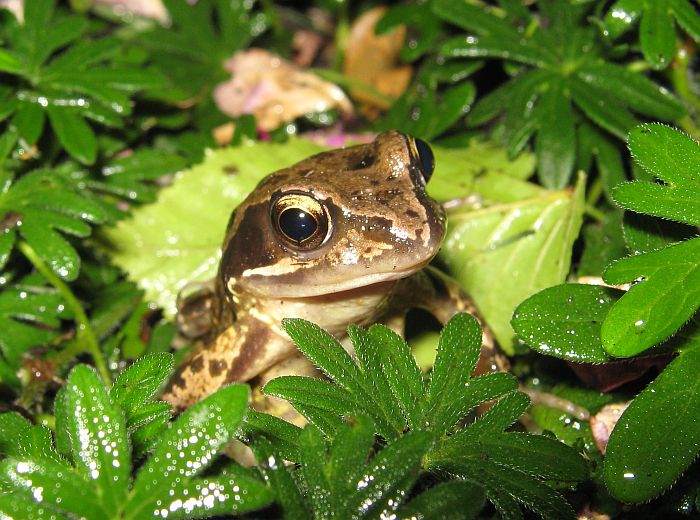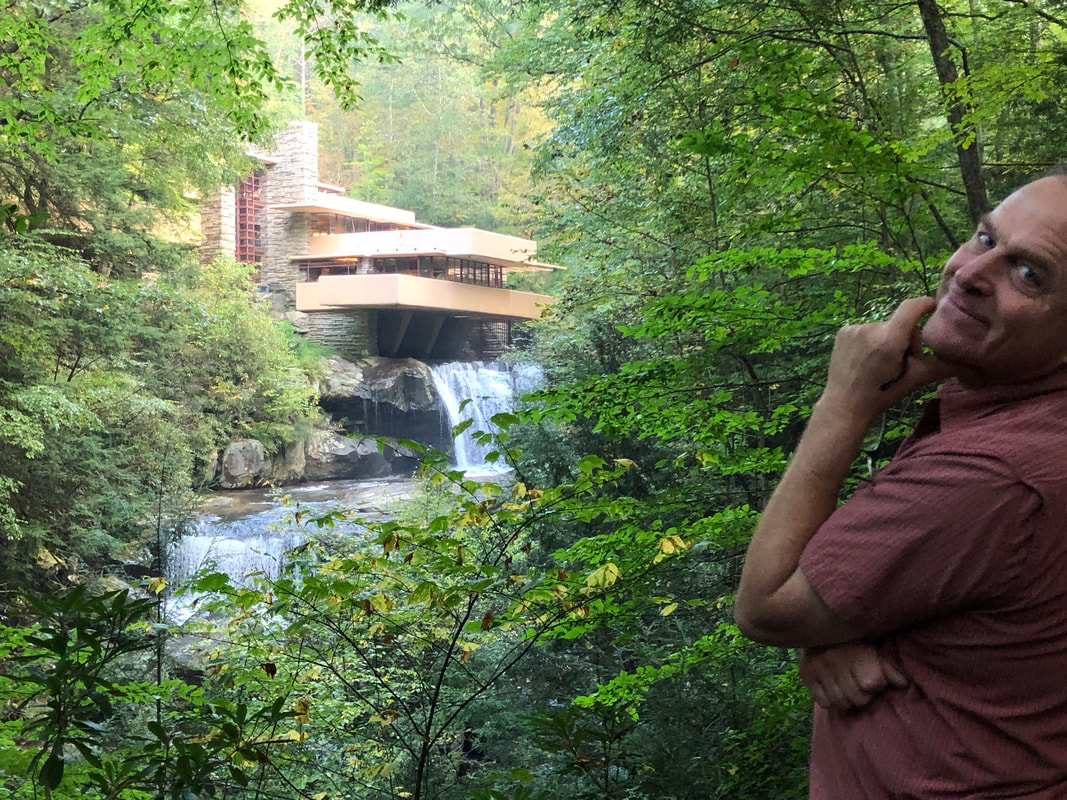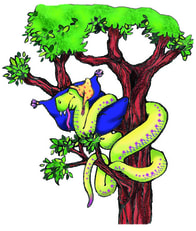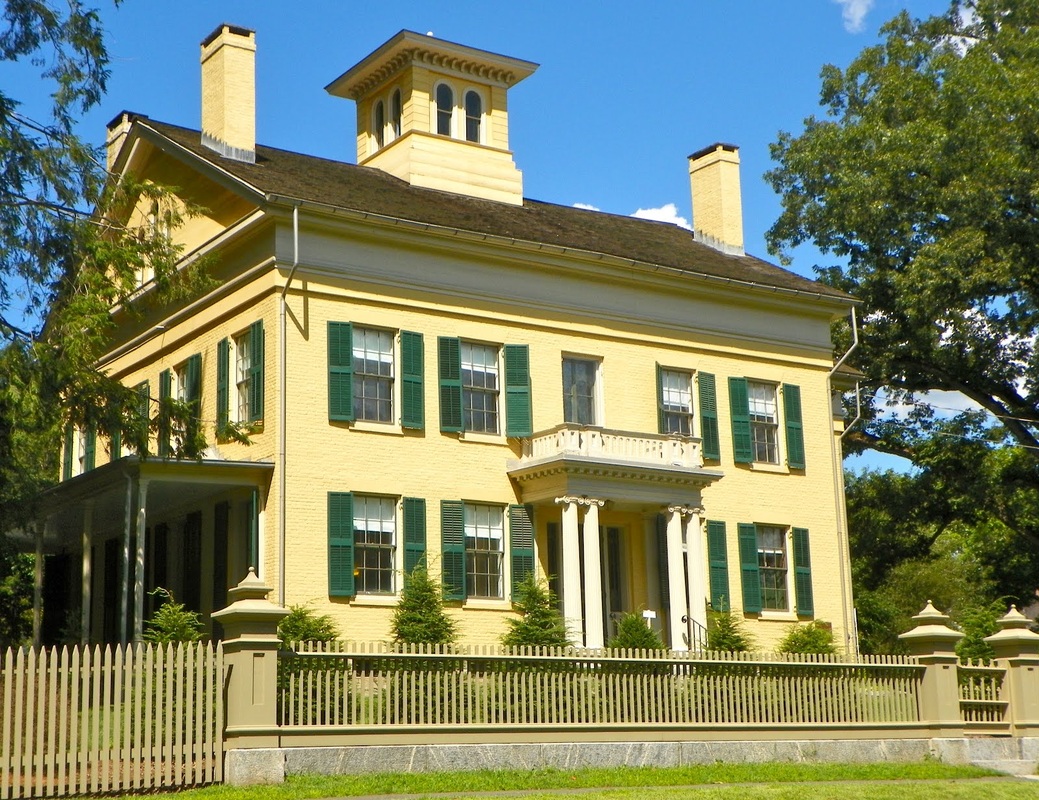|
Hear Bill's musical tribute to Emily Dickinson
featuring the voice of Megon McDonough. |
Introduction
|
How did a small, shy, quirky girl, who had very few friends and rarely left her home become one of the most famous writers in American history?
|
|
Emily Dickinson was a nobody when she was alive, but after her death she became one of the world's best known poets. Her peculiar, private poems and letters have been read and loved by millions of people.
While the great American Civil War raged throughout her country, Miss Emily Dickinson sat quietly at home and wrote poems as explosive as the guns at Gettysburg! |
|
I'm Nobody
Emily Dickinson I'm nobody! Who are you?
Are you nobody, too? Then there's a pair of us-don't tell! They'd banish us, you know. How dreary to be somebody! How public, like a frog To tell your name the livelong day To an admiring bog! |
Reading With Great Voices
|
In her poem, "I'm Nobody," Emily Dickinson turns our ideas about popularity on their heads. We think of celebrities as "stars". Emily called them "frogs" and challenges our pop culture ideas.
|
Step 1
|
This poem has a confidential tone. It's like a secret is being told. Think about whispering it to yourself as you read it a few times.
|
Step 2
|
Great writers choose their words carefully, so take care when reading them. Make sure you know the meaning of all the words in the text. Here are a few words you should to know.
|
Step 3
|
Great writers create powerful contrasts. Contrasts are words that show us differences. When you describe one thing as "good" and another thing as "bad" you are making a contrast.
What is the main contrast in this poem? Here's a hint. Dickinson's poem is divided into two stanzas. In each stanza two different kinds of people are described. How are they described? |
Reading Discussion
|
Sit down with some classmates and list all the advantages about being unpopular. What are the disadvantages of being popular?
|
Writing With Great Voices
|
Step 1
Create a metaphor of your own by describing one thing as if it's something else.
Angry people can be tigers! Sloppy places can be pigsties! Sleepy things can be Powder-Puff Pillow Heads! |
Step 2
|
Make a list of words and expressions that go with this metaphor.
For example: Powder-Puff Pillow Heads makes me think of: |
|
Quilts
Covers Dreams Bed |
Clocks
Softness Nod Snore |
Toss and Turn
Roll Over Blanket |
Step 3
|
Create some lines using words from your list. Make them playful. You don't need complete sentences, and rhyme is optional.
|
Freaky Fact
|
Emily Dickinson was an outgoing young woman, but over time she retreated into a smaller and smaller circle of friends. Finally, she became a recluse who lived for years without ever leaving her home. People in her village called her "The Myth" because she was hardly ever seen in public.
One way she communicated with friends was by lowering a basket from her upstairs window. Her baskets were full of flowers, cakes, and fine little poems. She was a loving and gracious friend, but she would rather be left alone. |
